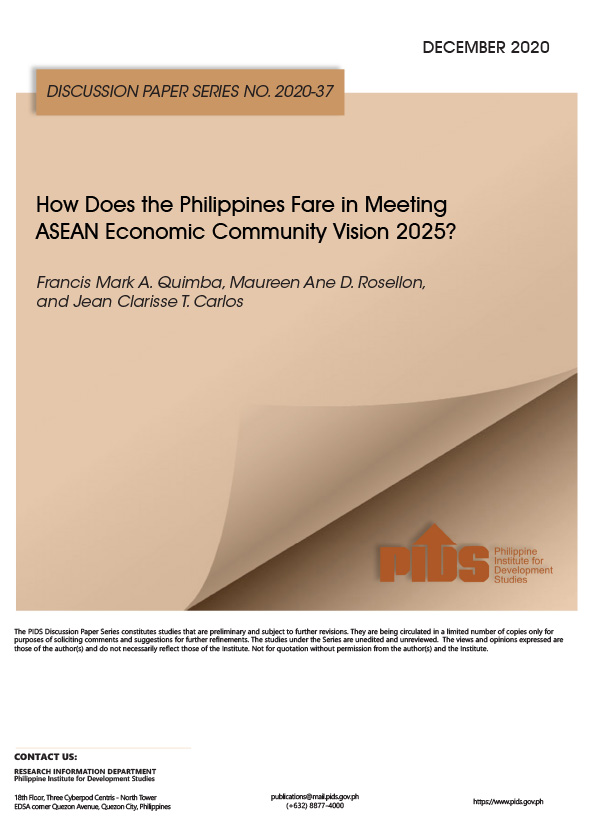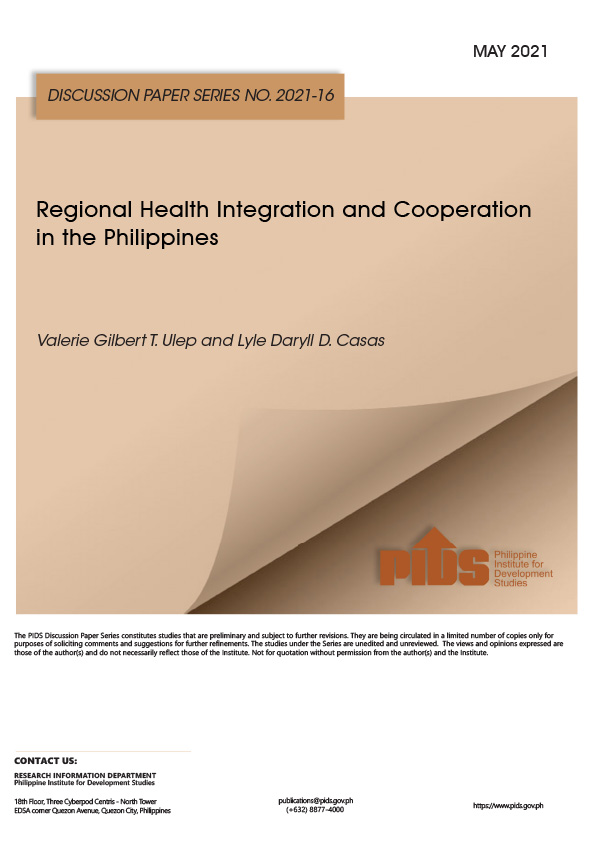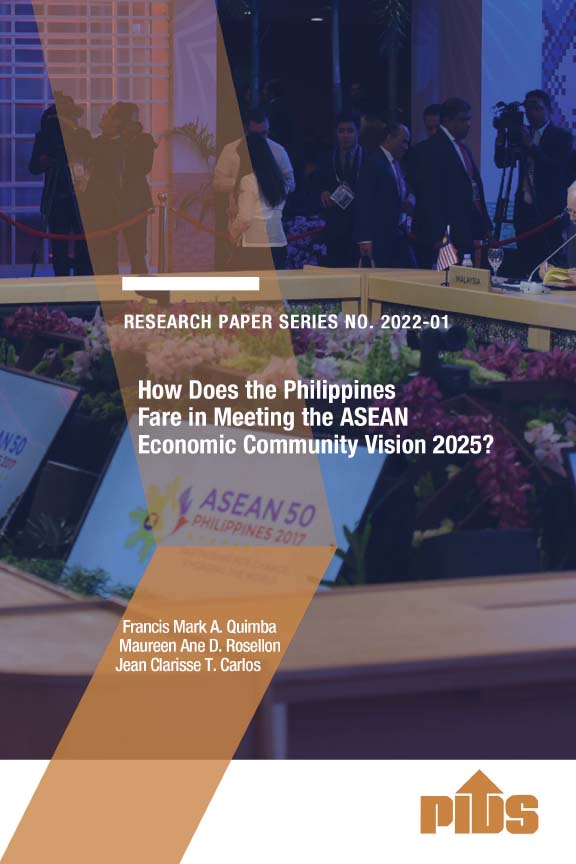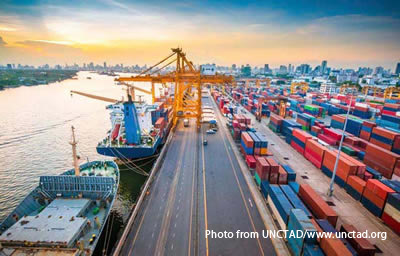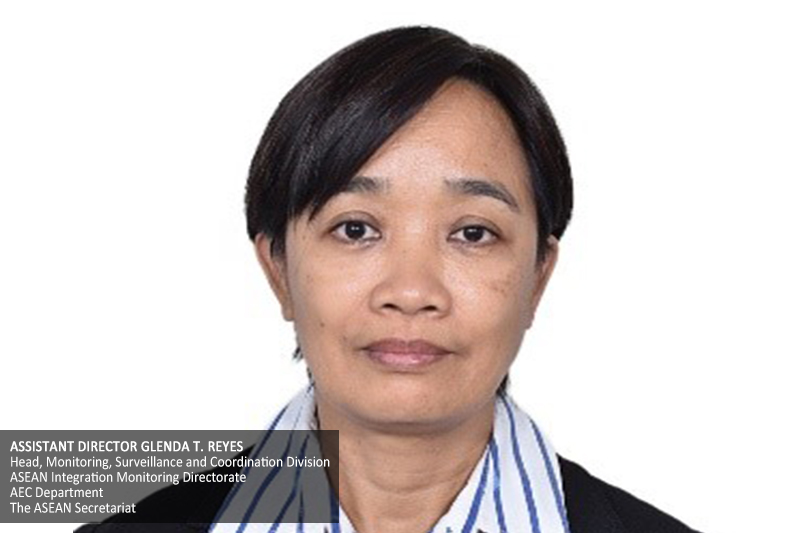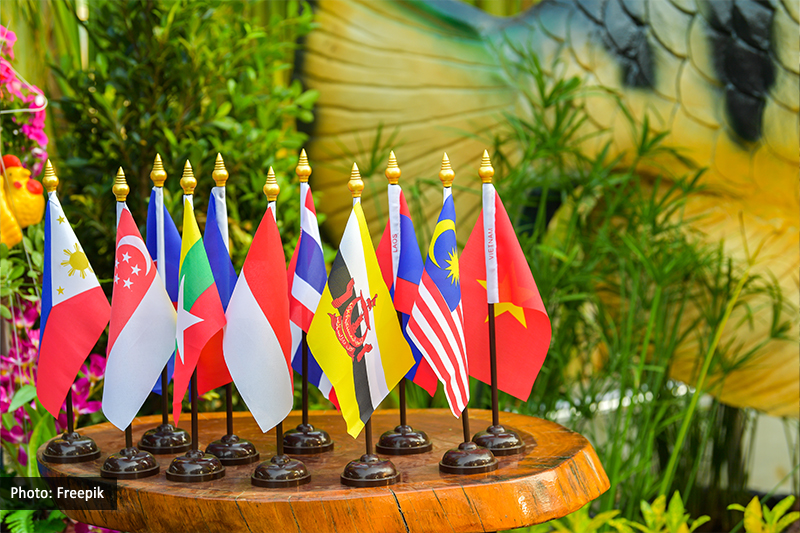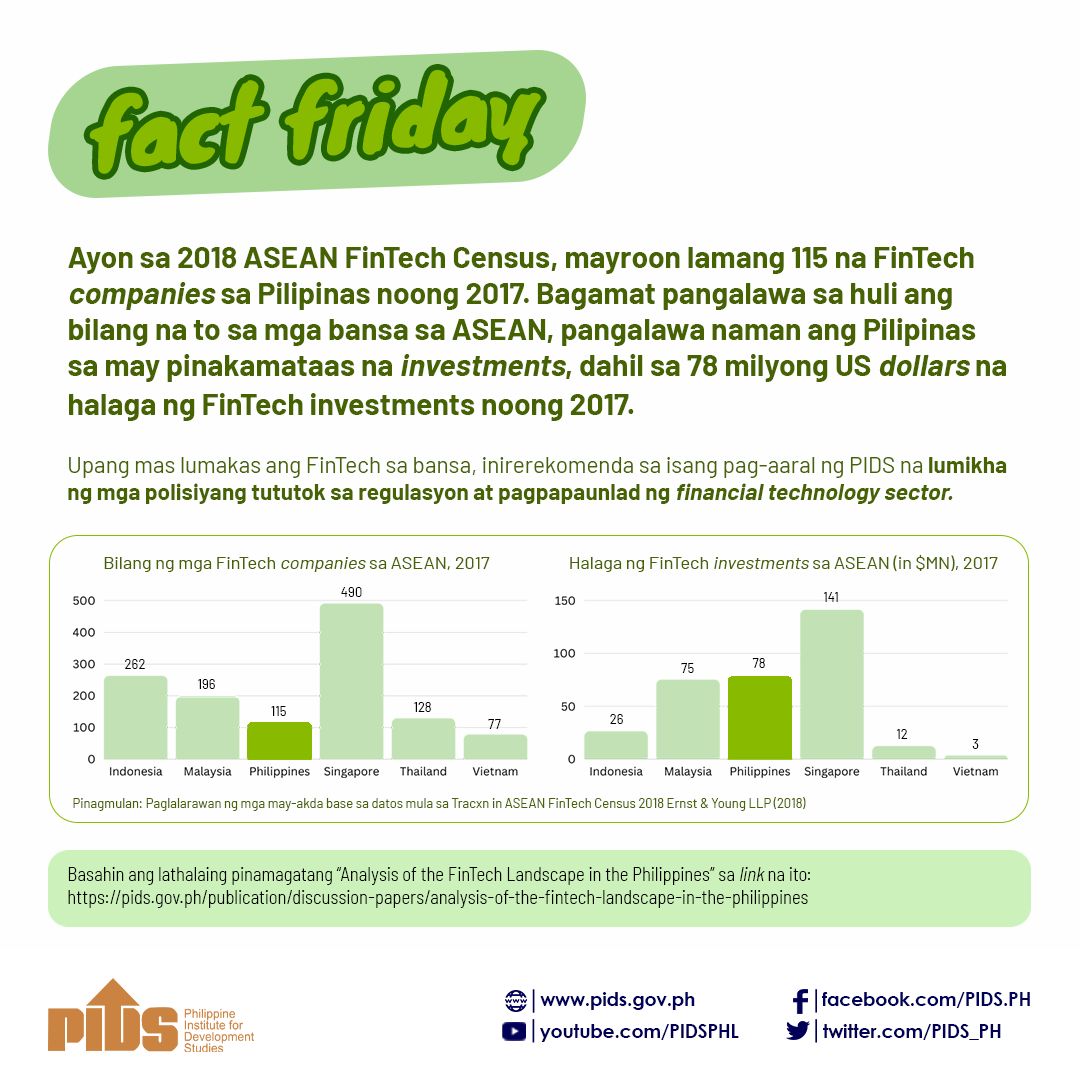Despite making headway in bringing down tariffs, the region continues to struggle in realizing the Asean Economic Community (AEC) due to nontariff barriers (NTBs), according to the Asian Development Bank (ADB).
This was based on the joint blog post of Jayant Menon, ADB Economic Research and Regional Cooperation Department lead economist for trade and regional cooperation; and Consultant Anna Cassandra Melendez on Monday.
Menon and Melendez said that, amid the reduction of 96 percent of Asean member-states (AMS) tariff lines to zero, NTBs across the region increased to 5,975 in 2015, from 1,634 in 2000. “The achievements in tariff liberalization have been offset by the rise in nontariff measures,” the authors said. “There are also challenges to tackling barriers to trade in services. AMS have more restrictive services policies in general than any other region in the world, except for the Gulf states.
Apart from rising NTBs, the authors also said the Asean has failed in addressing labor-mobility concerns, particularly in including unskilled labor in the region.
Menon and Melendez added there have been mutual recognition agreements reached in eight professional qualifications. However, these only cover 1.5 percent of Asean’s total work force.
The authors also said there have been delays in the implementation of the ratification of agreements and their alignment with national laws.
Pursuing behind-the-border reforms and policy harmonization has proven the most difficult. Seeking uniformity in regulatory rules remains challenging, given the widely different levels of development and often clashing national interests,” they added.
Menon and Melendez said, however, that the AEC Blueprint 2025 has tried to address difficult reforms, which include reducing NTBs, simplifying rules of origin and deepening trade-facilitation measures.
The new blueprint also aimed to raise productivity through innovation, technology, human-resource development and enhanced participation in global value chains, among others. It also supports micro, small and medium enterprises (MSMEs).
But the “real test” of the AEC implementation is how soon and to what extent its ideals and blueprint are implemented on the ground.
Asean has a long history of issuing declarations, action plans and frameworks that are not always translated into decisive and expedient actions,” the authors added.
In May Yasuki Sawada, ADB Economic Research and Regional Cooperation Department chief economist and director general, said more open trade helps improve intra-Asian trade that has been on a decline.
This includes the reduction of nontariff measures (NTMs) which, if left unchecked, can become NTBs to trade and prevent the free flow of goods in the region.
These include sanitary phytosanitary measures, technical barriers to trade, taxes and other similar trade regulations.
PIDS senior research fellow Erlinda M. Medalla and project development officer Melalyn C. Mantaring earlier said NTMs could be justified for different reasons, such as health, security, environment and consumer protection.
However, they said, these NTMs could negatively affect the global and regional production chains by increasing the cost of doing business. Based on their study, in the Philippines, the impact of increasing cost due to NTMs is still moderate.
The authors recommended promoting transparency when it comes to NTMs through the creation of a comprehensive and updated database of NTMs in the region.
They added Asean member countries must also be required to periodically submit and notify the creation of NTMs not only for the World Trade Organization (WTO) but also the Asean Secretariat.
The authors also urged the creation of a mechanism to address NTM issues including the harmonization of standards in the region.
This was based on the joint blog post of Jayant Menon, ADB Economic Research and Regional Cooperation Department lead economist for trade and regional cooperation; and Consultant Anna Cassandra Melendez on Monday.
Menon and Melendez said that, amid the reduction of 96 percent of Asean member-states (AMS) tariff lines to zero, NTBs across the region increased to 5,975 in 2015, from 1,634 in 2000. “The achievements in tariff liberalization have been offset by the rise in nontariff measures,” the authors said. “There are also challenges to tackling barriers to trade in services. AMS have more restrictive services policies in general than any other region in the world, except for the Gulf states.
Apart from rising NTBs, the authors also said the Asean has failed in addressing labor-mobility concerns, particularly in including unskilled labor in the region.
Menon and Melendez added there have been mutual recognition agreements reached in eight professional qualifications. However, these only cover 1.5 percent of Asean’s total work force.
The authors also said there have been delays in the implementation of the ratification of agreements and their alignment with national laws.
Pursuing behind-the-border reforms and policy harmonization has proven the most difficult. Seeking uniformity in regulatory rules remains challenging, given the widely different levels of development and often clashing national interests,” they added.
Menon and Melendez said, however, that the AEC Blueprint 2025 has tried to address difficult reforms, which include reducing NTBs, simplifying rules of origin and deepening trade-facilitation measures.
The new blueprint also aimed to raise productivity through innovation, technology, human-resource development and enhanced participation in global value chains, among others. It also supports micro, small and medium enterprises (MSMEs).
But the “real test” of the AEC implementation is how soon and to what extent its ideals and blueprint are implemented on the ground.
Asean has a long history of issuing declarations, action plans and frameworks that are not always translated into decisive and expedient actions,” the authors added.
In May Yasuki Sawada, ADB Economic Research and Regional Cooperation Department chief economist and director general, said more open trade helps improve intra-Asian trade that has been on a decline.
This includes the reduction of nontariff measures (NTMs) which, if left unchecked, can become NTBs to trade and prevent the free flow of goods in the region.
These include sanitary phytosanitary measures, technical barriers to trade, taxes and other similar trade regulations.
PIDS senior research fellow Erlinda M. Medalla and project development officer Melalyn C. Mantaring earlier said NTMs could be justified for different reasons, such as health, security, environment and consumer protection.
However, they said, these NTMs could negatively affect the global and regional production chains by increasing the cost of doing business. Based on their study, in the Philippines, the impact of increasing cost due to NTMs is still moderate.
The authors recommended promoting transparency when it comes to NTMs through the creation of a comprehensive and updated database of NTMs in the region.
They added Asean member countries must also be required to periodically submit and notify the creation of NTMs not only for the World Trade Organization (WTO) but also the Asean Secretariat.
The authors also urged the creation of a mechanism to address NTM issues including the harmonization of standards in the region.

